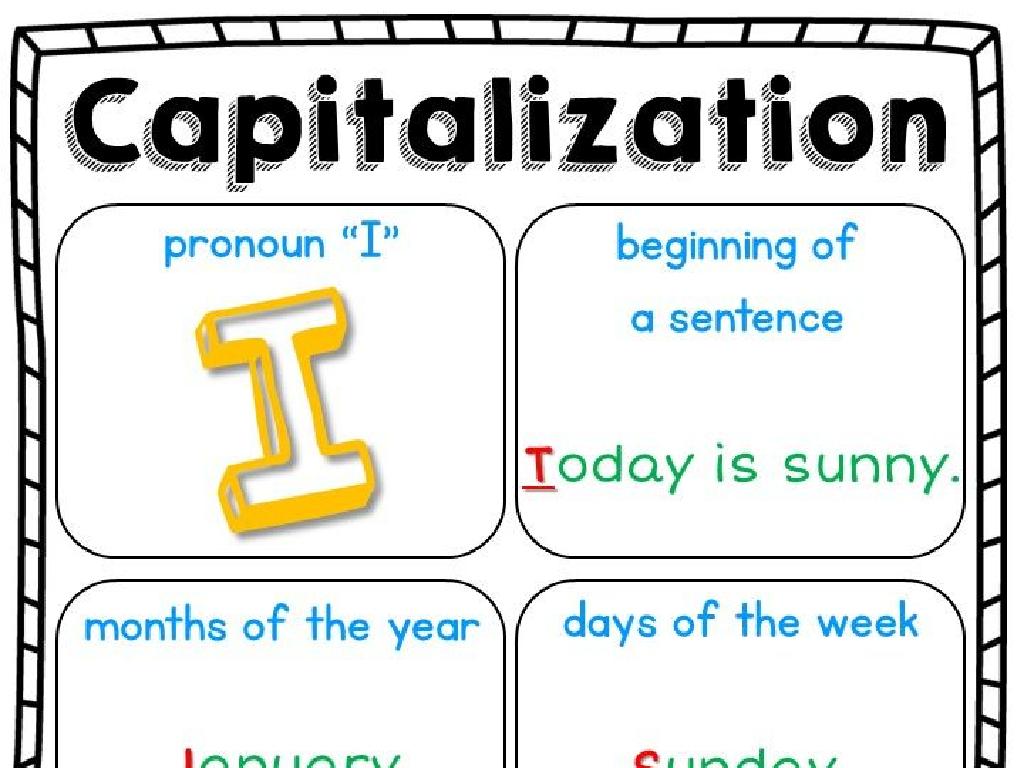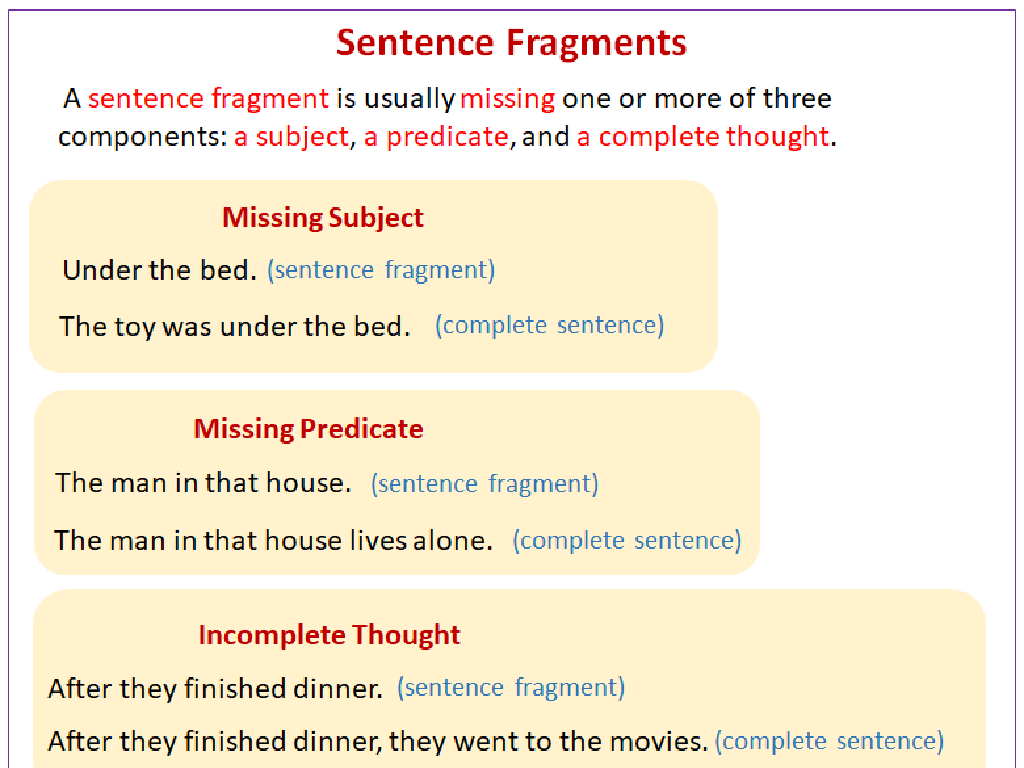Indian Removal And The Trail Of Tears
Subject: Social studies
Grade: Eighth grade
Topic: The Jacksonian Period
Please LOG IN to download the presentation. Access is available to registered users only.
View More Content
The Jacksonian Era: Indian Removal
– Explore the Jacksonian period
– A time of expansion, controversy, and the ‘common man’
– Analyze Andrew Jackson’s politics
– Jackson’s presidency marked by strong leadership and polarizing decisions
– Understand Indian Removal policy
– A federal act that led to the forced relocation of Native Americans
– Overview of the Trail of Tears
– A tragic result of Indian Removal, thousands suffered on the journey
|
This slide introduces students to the Jacksonian period, a transformative era in American history. Emphasize the complex nature of Andrew Jackson’s presidency, which was characterized by a populist approach and a strong executive will. Discuss the Indian Removal Act, which Jackson signed into law, leading to the forced displacement of Native American tribes from their ancestral lands. Highlight the Trail of Tears as a somber and critical event where many Native Americans faced hardship and death on their forced march westward. This overview sets the stage for a deeper examination of the policies and their profound impact on Native American communities and the nation’s history.
The Indian Removal Act of 1830
– Definition of the Indian Removal Act
– A law enabling forced relocation of Native American tribes
– Motivations behind the act
– Desire for land expansion and control over resources
– Implications of the act
– Led to the suffering and displacement of thousands
– Andrew Jackson’s involvement
– Jackson advocated for and signed the act into law
|
The Indian Removal Act of 1830 was a pivotal law that resulted in the forced relocation of Native American tribes from their ancestral homelands to designated ‘Indian Territory’ west of the Mississippi River. This slide will explore the reasons behind the act, such as the desire for agricultural land and natural resources, and the implications it had on the Native American population, including the Trail of Tears. President Andrew Jackson played a crucial role by advocating for the act and ultimately signing it into law, which led to widespread suffering and displacement of Native Americans. It’s important to discuss the historical context and the impact of this act on the relationship between the United States government and Native American tribes.
Impact on Native American Tribes: Trail of Tears
– Tribes affected by Indian Removal
– Cherokee, Creek, Choctaw, Seminole, and Chickasaw were forced to relocate.
– Life changes for Native Americans
– Displacement led to loss of homes, suffering, and death along the journey.
– Cherokee Nation: A case study
– The Cherokee faced the infamous Trail of Tears, traveling over 1,000 miles.
– Enduring effects of removal
– The removal still affects the cultural and social dynamics of the tribes today.
|
This slide aims to shed light on the profound impact the Indian Removal Act had on Native American tribes, particularly focusing on the Cherokee Nation. Students should understand the scale of the tragedy that befell the tribes, including the loss of ancestral lands, the hardships endured during forced relocations, and the long-term consequences that these events have had on the tribes’ cultural heritage. The Cherokee Nation’s experience with the Trail of Tears serves as a poignant case study of the broader injustices faced by Native Americans during this period. Discuss the resilience of these communities despite the adversity they faced. Encourage students to reflect on the historical context and the ongoing implications of the Indian Removal Act.
The Trail of Tears: A Dark Chapter in American History
– Definition of the Trail of Tears
– A series of forced removals of Native American nations from ancestral lands.
– Hardships of forced relocations
– Exposure to disease, insufficient supplies, harsh weather.
– Trail of Tears’ historical significance
– A pivotal event that reshaped U.S. policy and Native American lives.
|
The Trail of Tears refers to the sorrowful path along which thousands of Native Americans were forcibly relocated to lands west of the Mississippi River, following the Indian Removal Act of 1830. This slide aims to educate students on the severe hardships endured by Native Americans, including exposure to disease, starvation, and extreme weather conditions, during these relocations. It’s crucial to discuss the lasting impact of the Trail of Tears on American history, acknowledging it as a significant event that led to the reformation of U.S. policy towards Native Americans and the tragic reshaping of many Native American societies. Encourage students to reflect on the consequences of these events and to consider their relevance to contemporary discussions about human rights and governmental policies.
Primary Source Analysis: The Trail of Tears
– Examine historical documents
– Letters, treaties from the Jacksonian era
– Gain perspectives of historical figures
– Insights into the thoughts and feelings of the time
– Group activity: document analysis
– Each group analyzes a different document
– Understand history authentically
|
This slide introduces students to the concept of primary source analysis, an essential skill in understanding history. Students will examine actual letters, treaties, and other documents from the period of Indian Removal to gain a deeper understanding of the events and perspectives of those who experienced them. The activity involves students working in small groups to analyze a primary source document, fostering collaborative learning and critical thinking. Teachers should prepare a selection of primary sources for each group and provide guiding questions to help students think critically about the content, context, and significance of the documents. Possible activities include comparing different accounts, discussing the impact of the Indian Removal Act, and reflecting on the Trail of Tears through the eyes of Native Americans and government officials.
Reflection: Indian Removal Act & Trail of Tears
– Impact on the United States
– The Act led to forced relocation and significant changes in U.S. territorial expansion.
– Effects on Native American communities
– Long-term suffering, loss of ancestral lands, and cultural disruption for Native tribes.
– Insights from primary sources
– Analyze historical documents to understand different perspectives of the era.
– Engage in class discussion
|
This slide aims to encourage students to reflect on the profound consequences of the Indian Removal Act and the Trail of Tears. Discuss how these events shaped the nation’s expansion and policies. Highlight the devastating effects on Native American communities, including the loss of life, land, and culture. Facilitate a class discussion where students can share their insights from analyzing primary sources such as letters, government documents, and personal accounts. This activity will help students develop a deeper understanding of the era and the ability to empathize with the affected communities. Encourage critical thinking by asking how these events continue to influence society today.
Role-Play: Debate on the Indian Removal Act
– Engage in a congressional debate role-play
– Students embody historical figures
– Each student will represent a real person from the period
– Explore multiple perspectives
– Supporters vs. opponents’ viewpoints
– Grasp the complexity of the act
– Understand the arguments for and against the removal
|
This class activity is designed to immerse students in the historical context of the Indian Removal Act by role-playing a debate that might have taken place in Congress. Assign roles to students, ensuring a mix of supporters and opponents among them. Provide background information on their characters to help them prepare for the debate. The objective is to help students understand the various perspectives and arguments surrounding the act, including the rationale of supporters and the resistance from the Native American community and other opponents. Possible roles include Andrew Jackson, John Ross, a Cherokee leader, and senators from both sides of the debate. Encourage students to use persuasive language and historical evidence in their arguments. This activity will help students appreciate the complexity of historical events and the impact of the act on Native American tribes.
Lesson Summary & Reflective Homework
– Recap of Indian Removal Act
– Trail of Tears impact
– Thousands of Native Americans forced to leave homelands.
– Empathy in historical context
– Understand the emotional and cultural toll on Native Americans.
– Homework: Reflective essay
– Write from a Native American’s view on the Trail of Tears.
|
As we conclude today’s lesson on the Indian Removal and the Trail of Tears, remind students of the key events and policies, including the Indian Removal Act, that led to the forced relocation of Native Americans. Emphasize the severe hardships they faced and the impact on their communities. For homework, students are to write a reflective essay from the perspective of a Native American experiencing the Trail of Tears, encouraging them to engage with the material on a personal level and to practice empathy and respect for the historical context. This exercise aims to deepen their understanding of the emotional and cultural consequences of this period. Provide guidance on respectful writing and encourage students to consider the feelings and struggles of the people during this time.






